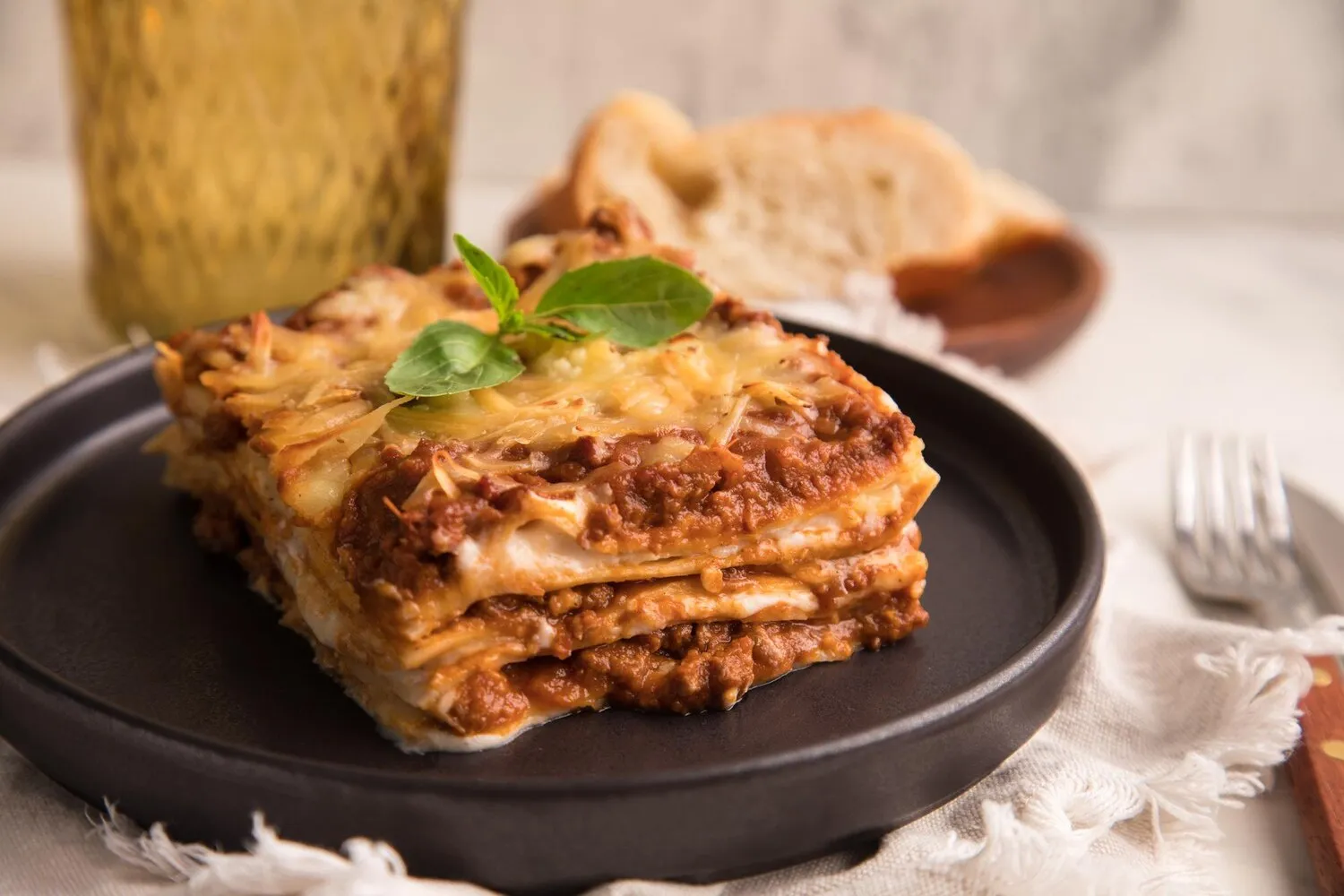
Agnolotti del Plin
Traditional Piedmontese pasta filled with meat.
Nutrition Facts
* The % Daily Value (DV) tells you how much a nutrient in a serving of food contributes to a daily diet. 2,000 calories a day is used for general nutrition advice.
Agnolotti del Plin's origins are rooted in the Langhe region of Piedmont, Italy. The dish evolved from a necessity to utilize leftover roasted meats, transforming simple ingredients into a refined culinary experience. The term 'Plin' refers to the 'pinch' used to seal the pasta, a technique perfected by home cooks and passed down through generations. The dish represents resourcefulness and the importance of family meals in Piedmontese culture.
Agnolotti del Plin holds significant cultural importance in Piedmont, representing family tradition, culinary heritage, and regional pride. It's often prepared for special occasions and family gatherings.
Family Tradition
The preparation of Agnolotti del Plin is often a family affair, with different generations contributing to the process. The recipe is often passed down through families, with each family having their own unique variations.
Regional Pride
Agnolotti del Plin is a symbol of Piedmontese culinary identity, showcasing the region's rich agricultural resources and culinary expertise. It is served in many restaurants across the region, often with locally produced wines.
Celebratory Dish
This pasta dish is often reserved for special occasions such as Sunday lunch, family reunions, and holidays. It represents abundance and togetherness.
Agnolotti del Plin offers a rich and savory flavor profile, characterized by the combination of tender pasta and a flavorful meat filling. The sauce is typically simple, allowing the quality of the pasta and filling to shine.
The primary flavors come from the roasted meats (typically beef, pork, and rabbit), which are finely ground and seasoned with herbs like rosemary and sage, Parmesan cheese, and sometimes vegetables like spinach or cabbage. The pasta itself is made from semolina flour and eggs, providing a subtle nutty flavor and a delicate texture. The sauce, often just butter and sage, complements the richness of the filling without overpowering it. Some variations include a simple meat reduction sauce or a sprinkle of grated Parmesan.
Dough Consistency
Ensure the pasta dough is smooth and elastic by kneading it thoroughly. Let it rest properly before rolling it out to prevent it from tearing.
Filling Fineness
Grind the roasted meats as finely as possible to create a smooth and homogenous filling. This ensures even distribution of flavor and a pleasant texture.
Proper Sealing
Pinch the pasta firmly to seal the filling completely, preventing it from leaking during cooking. Ensure there is no air trapped inside.
Gentle Cooking
Cook the agnolotti in gently simmering, salted water to prevent them from breaking apart. They are ready when they float to the surface.
Sauce Simplicity
Keep the sauce simple to allow the flavors of the pasta and filling to shine through. Butter and sage, or a light meat reduction, are excellent choices.
Explore additional Italian dishes and restaurants
Explore ItalianDiscover top dining spots and culinary experiences in Torino.
Explore TorinoLearn more about the food culture, restaurant scene, and culinary heritage of Italy.
Explore Italy